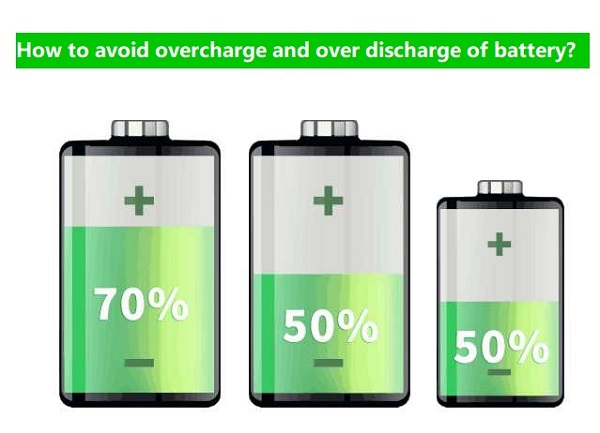With the popularity of electronic devices such as smartphones, laptops, and drones, lithium-ion polymer batteries (Li-Po) have become an indispensable energy carrier in modern technology due to their high energy density, lightweight design, and flexible appearance. However, the life and safety of such batteries are highly dependent on daily usage habits, especially the prevention of overcharging (overcharging) and overdischarging (overdischarging). This article will deeply analyze the hazards of overcharging and overdischarging, and provide practical suggestions to help users scientifically maintain batteries and extend their service life.

1. The hazards of overcharging and overdischarging: not just shortening the lifespan
- Overcharging: irreversible damage to the chemical structure
When the battery charging voltage exceeds the design upper limit (usually 4.2V/cell), the electrolyte will decompose and produce gas, causing the battery to bulge; at the same time, the structure of the positive electrode material (such as lithium cobalt oxide) collapses, the lithium ion embedding ability decreases, and the capacity decays permanently. More dangerously, overcharging may cause thermal runaway (high temperature causes internal short circuit) and even fire and explosion. - Overdischarge: destroying the "heart" of the battery
Excessive discharge (voltage below 2.5V/cell) will seriously damage the carbon structure of the negative electrode. After excessive deintercalation of lithium ions, the solid electrolyte interface (SEI film) of the negative electrode decomposes, resulting in loss of active lithium and increased internal resistance of the battery. Long-term overdischarge may also form lithium dendrites, piercing the diaphragm and causing short circuit risks.
2. How to avoid overcharging and overdischarging? Scientific protection is the key
1) Hardware protection: circuit design is the first line of defense
- Choose a device or charger with **BMS (battery management system)**. BMS can monitor voltage and temperature in real time, and automatically cut off the charging circuit when full, and prevent low voltage during discharge.
- Avoid using inferior chargers. Original accessories usually have built-in overvoltage protection and trickle charging optimization functions.
2) Usage habits: details determine lifespan
- Charging time: No need to wait until the battery is exhausted before charging. It is recommended to charge when the remaining power is 20%-30% to avoid deep discharge.
- Charging time: Unplug the power supply in time after full charge, and avoid plugging in for a long time (such as charging all night). Some devices support the optimization mode of "stop charging to 80%", which can be turned on actively.
- Long-term storage: If the battery needs to be idle for more than 1 month, the power should be kept at 40%-60%, and charging and discharging maintenance should be performed every 3 months.
3) Environmental factors: Temperature management cannot be ignored
- Avoid charging and discharging in high temperature (>35°C) or low temperature (<0°C) environments. Extreme temperatures will accelerate battery aging.
- Ensure that the device is ventilated when charging, and avoid covering the heat dissipation holes (such as charging a mobile phone under a pillow).
3. Common misunderstandings and truths
- Myth 1: "New batteries need to be fully charged for 12 hours to activate."
Truth: Lithium-ion batteries have no memory effect and are activated at the factory. Normal charging and discharging is sufficient for the first use. - Myth 2: "Fast charging will definitely damage the battery."
Truth: Regular fast charging technologies (such as PD and QC protocols) reduce damage by adjusting current and charging in segments, but long-term use of high-power fast charging still requires attention to heat dissipation. - Myth 3: "Batteries with bulging can still be used."
Truth: Bulging indicates that a chemical reaction has occurred inside, and there is a risk of explosion. It needs to be immediately stopped and professionally recycled.
4. Purchase and maintenance recommendations
- Choose regular brands: Prioritize batteries that have passed UL, CE and other certifications to ensure the quality of BMS and battery cells.
- Regular inspections: Observe whether the appearance of the battery is deformed and whether the device is abnormally hot.
- Environmentally friendly recycling: Wasted batteries should be sent to professional recycling points to avoid random discarding and polluting the environment.
Conclusion
The life and safety of lithium-ion polymer batteries are in the hands of users. Through scientific usage habits, reasonable hardware protection and attention to environmental factors, we can not only extend the battery life and reduce replacement costs, but also avoid safety hazards. While enjoying the convenience of technology, let us treat each battery with a responsible attitude and contribute to sustainable development.



